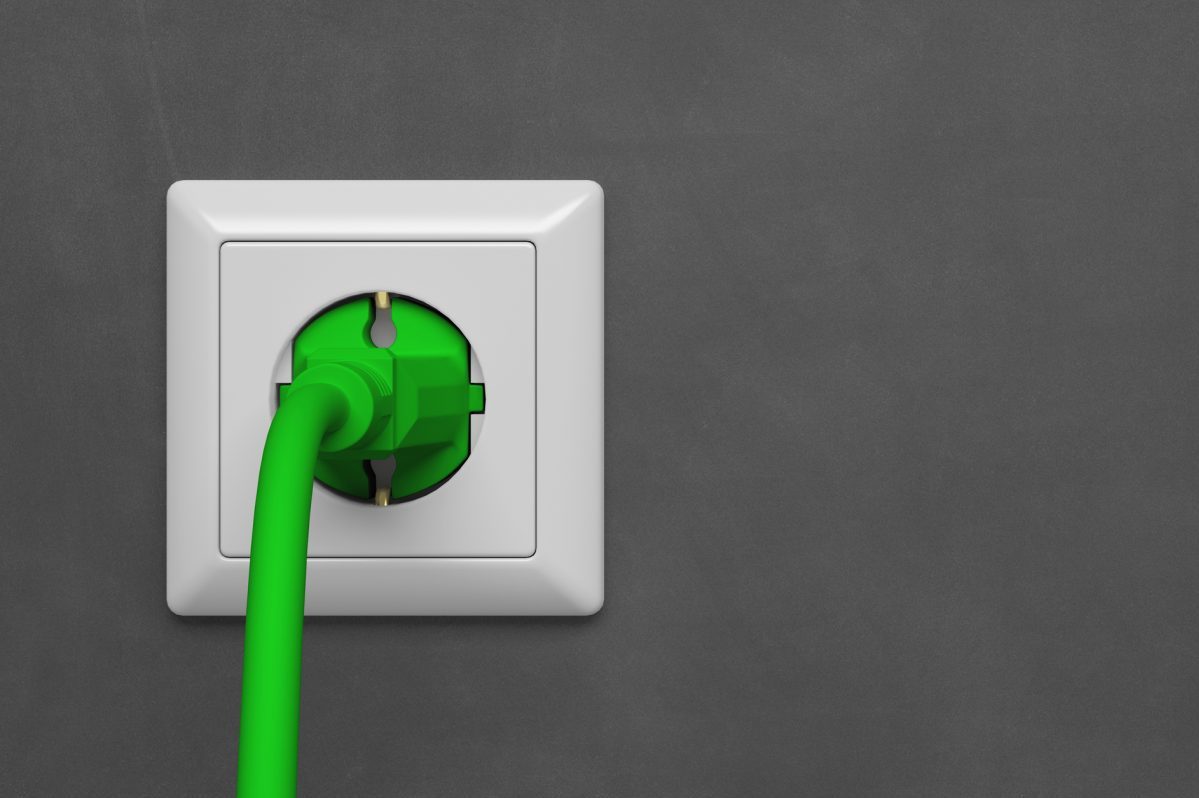IEA forecast: ten times as many electric cars, share of renewables rises to 50 percent. 1.5-degree target nevertheless in jeopardy.
Photovoltaics, wind power, heat pumps, and the like will significantly change the global energy supply by 2030: Ten times as many electric cars as today and a share of renewable energies in the electricity mix of around 50 percent instead of the current 30. That is the forecast of the International Energy Agency (IEA). In its World Energy Outlook, the agency also projects climate-friendly heating systems such as heat pumps will outstrip fossil fuels, while investments in offshore wind projects will be three times higher than those in coal and gas-fired power plants.
The IEA uses the current targets set by various governments as the basis for its calculations. Still, the agency cautions that the plans are insufficient to meet the Paris Climate Agreement’s limit of 1.5 degrees Celsius on global warming. Despite the rise of climate-friendly energy technologies, demand for fossil fuels is forecast to remain far too high.
International Cooperation and Secure Supply Chains as Success Factors
To put the world back on track for 1.5 degrees, the IEA proposes several measures, including tripling renewable energy capacity and financing mechanisms to facilitate these investments in emerging and developing countries. Crucial to accelerating the energy transition is, above all, international cooperation, said IEA Executive Director Dr. Fatih Birol.
Another factor, it says, is the secure supply of needed raw materials such as lithium, cobalt, nickel, and rare earths. While the report (PDF) points to growing investment in the exploration and production of critical minerals, supply concentration will remain high in 2030, particularly in refining and processing operations. For example, he said, about half of the planned lithium chemical plants are in China, and nearly 90 percent of the planned nickel refineries are in Indonesia, countries that have been leading producers of these critical commodities for decades. In addition to investing in broader supply chains, the IEA, therefore, advises promoting innovation in feedstock recycling and mineral substitution. However, diversification is also likely necessary in the power generation sector, as China is the largest producer of green technologies such as solar and wind power plants, batteries, and heat pumps, the report says.
Photo: iStock/Rocco-Herrmann


